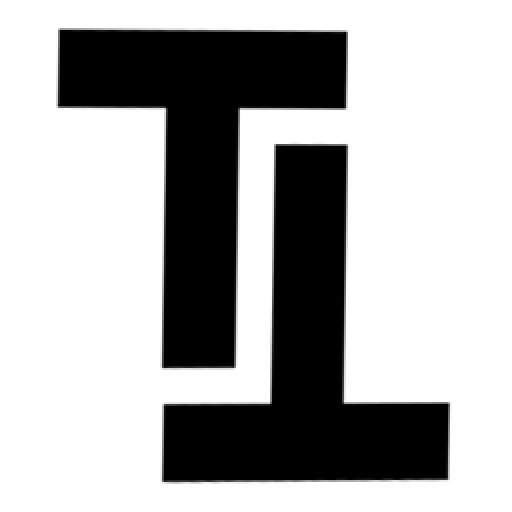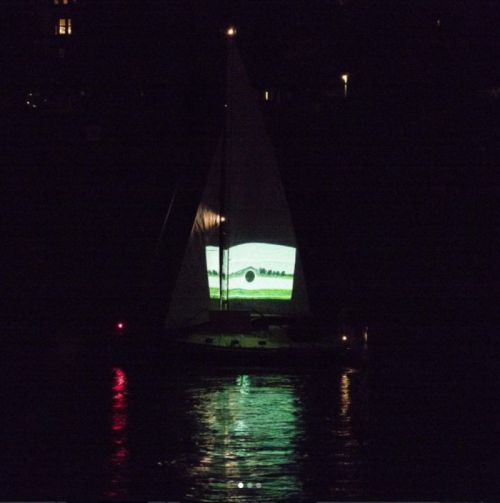ZERO foundation Newsletter October 2021:
From the research project “…each grows stronger when nourished by the other (György Kepes)” becomes the exhibition “from zero to her:o”.
Initiated by the ZERO foundation, the project questions the impact of innovative technology and the power of science on the environment. What is the significance of the historical references of ZERO art for contemporary artists?
The subsequent exhibition “from zero to her:o” at ZERO House offers young artists the opportunity to conduct artistic and curatorial experiments by creating installations with provocative visual effects and sounds and presenting them at ZERO House. They develop their artistic ideas in various media such as video works, projections, 3D-printed ceramic sculpture, paintings generated with robotics, AI chatbots and AI-generated images. If nothing else, the title was chosen with a mischievous edge to it, in response to the fact that a research project grounded in encounter and travel has made many things difficult in recent years.
The video projection from the art action “Zero Rhine Infinity” by Till Bödeker and Johannes Raimann projects the scientific image of a black hole onto a sailboat. Yunju Lee’s video work was influenced by intense observation of reflective surfaces and light vibrations. Christoph Thormann focuses on computer-generated motifs and objects that he uses the new technology of the 3D printer to create a ceramic sculpture. Sean Mullan and his artist friends* transform the ZERO stairwells into an interactive sound object where programmed AI chatbots hold a conversation about the ZERO manifesto. Margareta Bartelmess shows 1,500 images of present-day landscapes using an old projector from the 1960s to create a connection between the ZERO era and today.
Light artist Seth Riskin led the MIT group in developing the “Rainbow Grid,” a “second generation” light ballet using new LED technology inspired by Otto Piene. Participating are Adam Burke, Agnes Cameron, Adam Haar Horowitz, Ben Miller, Sarah Schwettmann and Daniel Alexander Smith.
The young artists and scientists, whom we have introduced to you in interviews in previous newsletters, explore the perceptual potential of technology and attempt to convey other ways of seeing and perceiving the world to the viewer through art; they push the boundaries of knowledge:
ZERO is infinite.
Opening on October 15, 2021, 5 p.m.
Dr. Barbara Könches, ZERO foundation, welcome address
Dr. Stephan Muschick/Daniela Berglehn, E.ON Foundation, Essen, greetings
Wen Bi, curator, introduction in dialogue with the artists of the Kunstakademie Düsseldorf
Light installation “Rainbow Grid”, by the MIT Museum Studio and Compton Gallery of the MIT Massachusetts Institute of Technology in Cambridge (USA) via Livestream7 pm performance by Sean Mullan
Opening hours
October 16 – 17, 2021, 1-5 p.m.
October 23 – 24, 2021, 1-5 p.m.
November 13 – 14, 2021, 1-5 p.m.
The research project and exhibition are supported by the E.ON Foundation, Essen and the Ministry of Culture and Science of the State of North Rhine-Westphalia.



